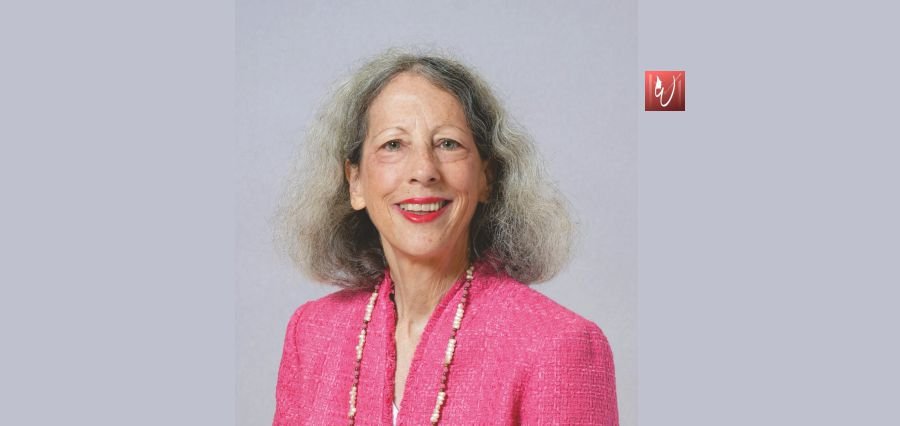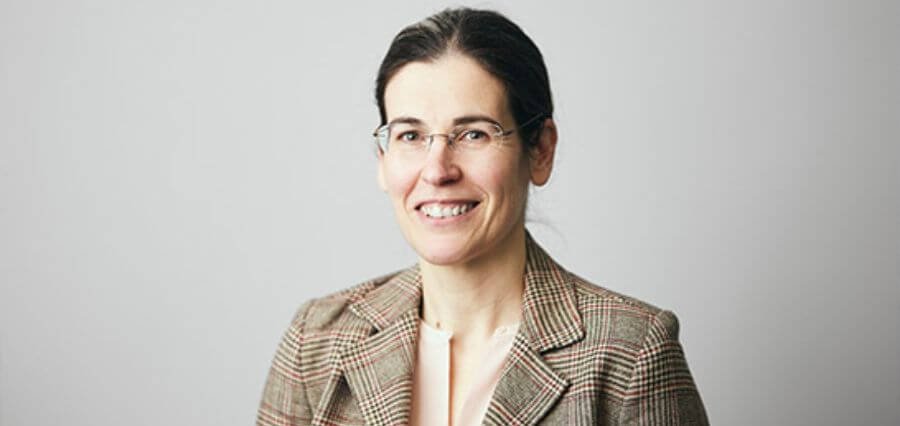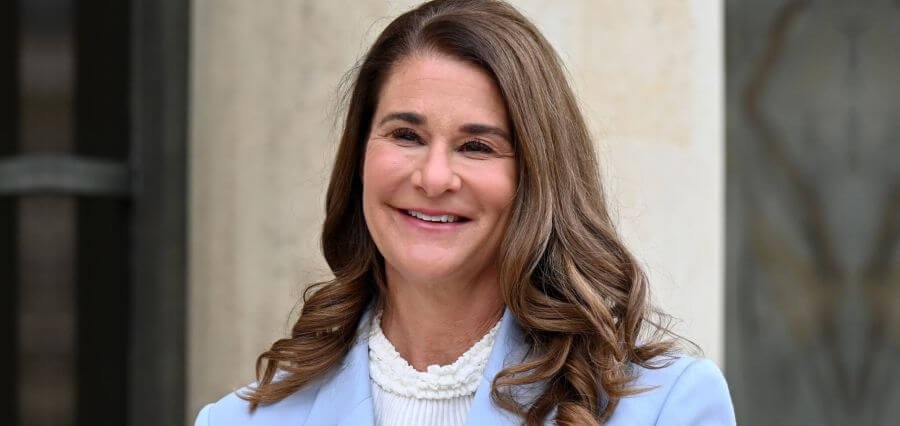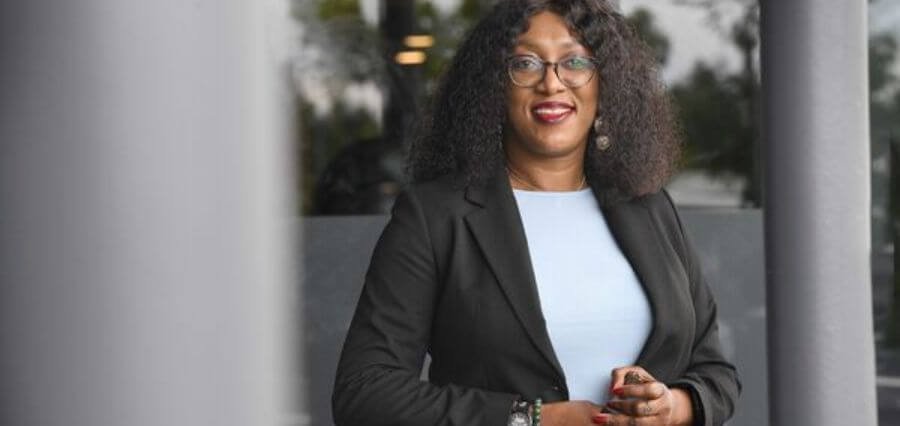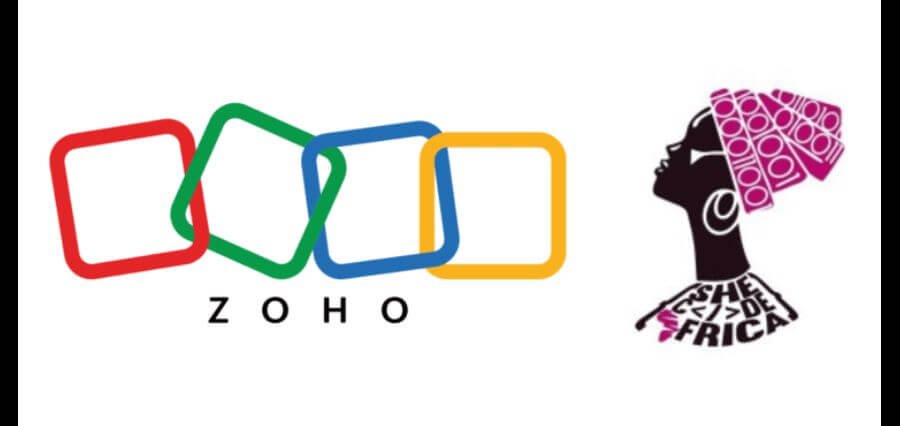An educator is the central force empowering the future of education. Just like every educator, a teacher stands as a leader, as she leads her students through their most crucial years of life and prepares them to lead their own lives in the best way possible. As one of the most visionary women leaders driving the future of education today, Joan Gillman puts it best. “I believe that teaching is one of the most important professions in the world.”
As an educator, you are preparing for the next generation to carry on after you are gone. Students need to comprehend how the world works so that they can make wise decisions. She shares, “Nothing brings me more pleasure than seeing my students become passionate about education and lifelong learners.” Joan is very excited to be in her 43rd straight year as a science teacher.
Joan became interested in becoming a teacher back when she was in high school. Her school had a strong community service program required for graduation. She decided that she would like to fulfill her obligations by volunteering in the lower school. During that time, she taught elementary school children how to play recorder.
Joan tutored small groups in math, and she organized games in their playground. The head of the school was particularly pleased with Joan’s work. “She greatly admired how I was able to include all children in the playground games and not just those that showed special athletic abilities,” says Joan. In addition, she taught children how to swim at the local JCC, including some special needs children, and she was a substitute ballet teacher at a local dance studio. It was a great feeling to be able to help the children become less afraid of the water and more confident in their skills.
“What fun I had teaching the young students the joy of movement at the dance school! This importance of inclusiveness has framed how I teach. I believe it is important to give each child an opportunity to shine.” Even if they do not become world-class performers, the experience of playing with all of their peers will help them comprehend how to get along with others. Children need to understand how important compassion, dignity, and respect are when working or playing with others. If they only choose friends who are the strongest athletes or performers, they will never know the incredible experience of seeing a child hit a baseball for the first time or seeing a peer finally succeed in a task they have been working on for a long time.
From Snow Tunnels to Science Labs: A Lifelong Journey of Curiosity and Commitment
“I’ve always been fascinated by how things work,” recalls Joan, whose love for science began in childhood experiments with powders in her bathroom and building cities from Lincoln Logs. “We named our city Kinderkamack Village, and I think that spirit of creativity has stuck with me ever since.”
That passion blossomed into a career in education, beginning with a transformative experience at P.S. 47 Junior High School for the Deaf. “The students created working amusement park rides to demonstrate scientific concepts. Their brilliance taught me that hands-on learning was the key to unlocking complex ideas.”
Later, in a fifth-grade classroom in the South Bronx with reading levels ranging from second to tenth grade, Joan was asked, “Are you staying for the whole year?” Her answer was unwavering: “Of course. I made a promise to these kids, and I planned to keep it.” She ran six levels of reading instruction to meet each child’s needs.
In 2018, Joan found a new home at The Browning School. “What moved me was seeing their diversity policy displayed the moment I walked in. At Browning, equity isn’t an add-on—it’s part of everything we do.”
From tunnels in the snow to fostering young minds, Joan’s journey is one of unwavering dedication, creativity, and purpose.
Teaching the Teachers: The Ripple Effect
“When I first stepped into leading professional workshops, I was nervous,” Joan recalls. “But the encouragement of a colleague pushed me forward—and I discovered a new way to share my love for science.”
Joan’s early workshops, like Fish, Snails, and Whale Tails and The Wonderful World of Weather, debuted at ATIS conferences. They soon grew into a dynamic presence at national gatherings like NSTA, STEM, STANYS, and SCONYC. “Workshops like Equity and Diversity in the STEM Classroom and Mars, Here I Come have allowed me to blend science with social relevance,” she explains.
Her experience planning the SCONYC Conference marked another turning point. “It was exhausting but deeply rewarding,” she says. “Seeing teachers leave inspired—that’s what it’s all about.”
Reflecting on her work at science conferences, Joan shares, “Helping other educators discover new strategies keeps me motivated. I hope I’ve made even a small difference—because they, in turn, shape the next generation of scientists.”
Leading with Heart, Teaching with Purpose: Her Green Dream
“My leadership style is rooted in compassion, curiosity, and empowerment,” says Joan. “At The Browning School, those values are not just encouraged—they’re embraced.”
As both a science teacher and Green Team advisor, Joan’s impact is both educational and deeply personal. “I want my students to know their voices matter,” she says. A lesson on water scarcity inspired one student to take action, leading to a $1,000 fundraiser in collaboration with water.org. “It showed me just how much passion this generation has,” Joan adds.
Her leadership is hands-on: from organizing Central Park cleanups at 7:30 AM to running “Biodiversity Week” and creative fundraisers, Joan helps her students become changemakers. “They see that science isn’t just facts—it’s a tool for justice, empathy, and real-world change.”
Through interdisciplinary, project-based learning, Joan brings lessons to life. “Raps, dioramas, videos—they learn by creating. That’s how you build lasting understanding,” she explains. “And that’s how you nurture future leaders.”
Climate, Collaboration, and Capstones: A Vision for Future-Ready Education
“To me, effective educational leadership means preparing students not just to succeed academically but to lead with purpose in a changing world,” says Joan. “No science education is complete without addressing climate change. Our planet’s survival depends on the next generation.”
At The Browning School, Joan feels fortunate to work in a space where difficult but critical conversations—like environmental racism and global warming—are not only allowed but encouraged. “I’m saddened that some educators can’t freely teach these topics,” she says. “Here, I can empower my students to make real-world change.”
For Joan, leadership also means cultivating collaboration. “Our faculty is so dedicated—we support each other constantly,” she says. One example is the sixth-grade Capstone Project, where Joan led a student-driven initiative called “Animal Menagerie.” Students researched classroom pets, interviewed experts, and presented their findings in school-wide presentations.
That same spirit carried into the Green Team’s “Biodiversity Week.” “Teachers stepped up to lead workshops, chaperone field trips, and make the week a success,” Joan shares. “It’s not just about teaching—it’s about building a community that cares.”
Her leadership style blends environmental advocacy, teamwork, and student empowerment. “When we work together,” Joan affirms, “we inspire students to be changemakers.”
Bridges, Rockets & Raps: The Playbook for Purposeful Learning
“What initiatives or projects have been most meaningful to me at Browning?” Joan smiles. “There are so many—but the ones that blend science with creativity, culture, and compassion are closest to my heart.”
One such favourite is the Elephant Bridge Project in Grade 2. “We study real-world structures; then students build bridges from recycled materials strong enough to support two adult elephants and a baby. It’s storytelling meets engineering,” Joan explains. “And I love how it sparks cultural pride—students light up when they see bridges from their heritage countries.”
In Grade 4, her Straw Rocket Challenge turns students into young aerospace engineers. “They manipulate variables like fin design, nose cone weight, and launch angle,” she says. “It’s exciting because they learn through trial and error—then redesign their rockets for better performance.”
And in Grade 6, Joan adds rhythm to learning. “To kick off our unit on natural disasters, I perform an original rap,” she laughs. “It’s fun, but the goal is serious: helping students become informed and safety-conscious. They can create a PSA, a poster, even a board game.”
“I never want science to feel distant or dry,” she adds. “These projects let students explore, experiment, and express—and that’s when real learning happens.”
Shaping Scientists and Gentlemen: The Browning School’s Bold Vision
“The Browning School is unique in how it nurtures not just intellect but integrity,” says Joan. “We’re preparing boys to become critical thinkers and kind human beings.”
As a science educator, Joan deeply connects with Browning’s mission: “Creating men of intellect and integrity who contribute meaningfully to the world isn’t just a slogan—it’s reflected in every lesson, every conversation, and every interaction.”
She sees the school’s commitment to equity, social impact, and research-based strategies as essential. “We meet boys where they are, but we never leave them there. The curriculum, grounded in curiosity, honesty, dignity, and purpose, challenges them to think deeply and express clearly.”
This year, Joan has been part of a major shift: implementing the NGSS (Next Generation Science Standards) across the Middle School. “We’ve worked hard this summer to ensure our students are exposed to all branches of science. It’s been rigorous—but so rewarding.”
Her long-term vision? “To inspire lifelong learners. I want students so excited about a topic that they go home and dive deeper on their own. That’s when I know I’ve done my job.”
As AI and other technologies evolve, Joan remains focused: “My goal is to ensure tech enhances—not replaces—genuine learning and creativity.”
Fueling Curiosity, One Lesson at a Time: A Legacy of Lifelong Learning
“For me,” Joan reflects, “success means sparking such excitement in my students that they can’t wait to go home and keep learning. If I can do that, I know I’ve done my job.”
Across her remarkable 43-year career, Joan has modeled the very passion she hopes to ignite in others. “I believe deeply in lifelong learning. I’ve taken courses everywhere, from the NASA Goddard Space Flight Center to the American Museum of Natural History, and even earned National Geographic Educator Certification. Seeing the James Webb Telescope being built—that was a moment I’ll never forget.”
She brought this passion back to the classroom through immersive projects like oil spill simulations and meteorology investigations. “I want my students to understand science in a real-world context—and know they can be the change.”
Through professional associations like NSTA, STANYS, and SEEDS, Joan continues to grow, share, and mentor. “That’s how I’ve stayed energized after all these years—learning alongside other dedicated educators.”
Her final message to the Browning community is heartfelt: “Never stop learning. Stay curious. Ask for help when you need it. And keep your sense of humor—because teaching, while challenging, is still one of the most meaningful things a person can do. The best days really are ahead.”
From Recognition to Inspiration: A Bequest of Excellence
“For me, teaching has never been about awards—but when I received the Urhy Teacher of the Year award in 2017, it felt like my heart was seen,” says Joan Gillman. “It was one of the happiest moments of my life.”
That moment marked just one milestone in a remarkable journey. Honored by Marquis Who’s Who and featured in Forbes, The National Digest, and World’s Leaders Magazine, Joan’s influence goes beyond the classroom.
“Being named ‘Top Educator of 2025’ by the International Association of Top Professionals last week truly humbled me,” she reflects. “It’s not just my achievement—it’s a reflection of every student I’ve ever taught.”

